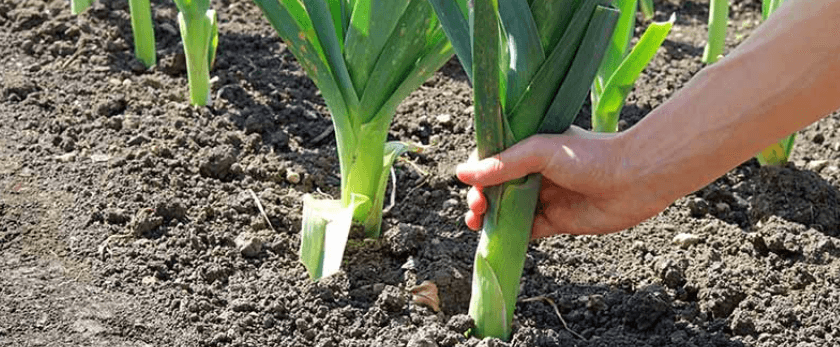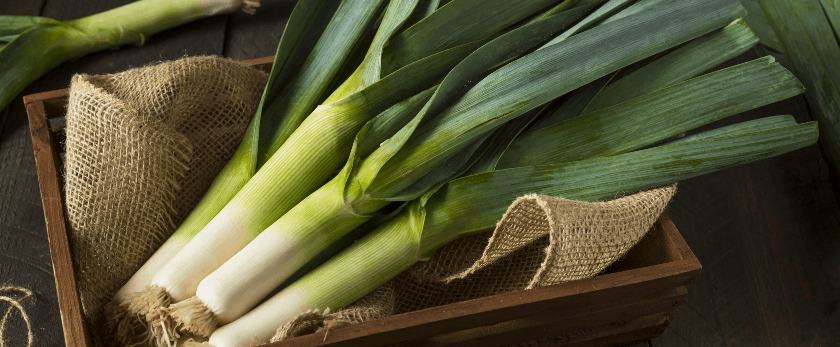Leeks are a versatile and delicious vegetable that can be grown in your own backyard. Not only are they a great addition to any meal, but they also have numerous health benefits. They are high in vitamins A, C, and K, as well as folate and fiber. Plus, growing your own leeks is a sustainable and eco-friendly way to enjoy this tasty vegetable. In this article, we will discuss how to care for leeks, the best time to grow them, and common problems you may encounter.
How to Care for Leeks
Watering
Leeks require consistent moisture to grow properly. They should be watered deeply once a week, or more frequently during hot and dry weather. However, be careful not to overwater as this can lead to rot and disease. It is best to water at the base of the plant rather than from above to avoid getting the leaves wet, which can also cause disease.
Light
Leeks prefer full sun, but can also tolerate partial shade. If you live in a hot climate, providing some shade during the hottest part of the day can help prevent the plants from wilting. If you are growing leeks indoors, make sure they receive at least 6-8 hours of sunlight per day.
Soil
Leeks prefer well-draining, fertile soil with a pH level between 6.0-7.0. Before planting, amend the soil with compost or well-rotted manure to provide the necessary nutrients. Avoid using fresh manure as it can burn the plants. Leeks also prefer a loose soil, so make sure to loosen the soil before planting.
Fertilizer
Leeks are heavy feeders and require regular fertilization to grow well. You can use a balanced fertilizer, such as a 10-10-10, every 4-6 weeks. Alternatively, you can use organic fertilizers, such as fish emulsion or compost tea, which will provide the necessary nutrients without the risk of burning the plants.
Pruning
Leeks do not require much pruning, but it is important to remove any damaged or diseased leaves to prevent the spread of disease. You can also trim the tops of the leaves to encourage thicker stems.

What is the Best Time to Grow Leeks?
Leeks are a cool-season crop and can be grown in both spring and fall. The best time to plant leeks is in early spring, as soon as the soil can be worked. You can also plant them in late summer for a fall harvest. In warmer climates, leeks can be grown throughout the winter.
Common Problems with Leeks
Pests
Leeks are relatively pest-resistant, but they can still be affected by pests such as aphids, thrips, and onion maggots. To prevent these pests, make sure to rotate your crops and keep the garden clean and free of debris. You can also use natural pest control methods, such as neem oil or insecticidal soap.
Diseases
Leeks can also be susceptible to diseases such as rust, leaf spot, and downy mildew. To prevent these diseases, make sure to provide adequate air circulation and avoid overhead watering. If you notice any signs of disease, remove the affected leaves and treat with an organic fungicide.
Bolting
Bolting is when the leeks start to produce a flower stalk, which can make the plant bitter and inedible. This is usually caused by stress, such as extreme temperatures or lack of water. To prevent bolting, make sure to provide consistent moisture and plant in the appropriate season.
Conclusion
Growing leeks is a rewarding and sustainable way to enjoy this delicious and nutritious vegetable. By following these tips on how to care for leeks, the best time to grow them, and how to prevent common problems, you can have a successful harvest of fresh, homegrown leeks. So why not give it a try and add this versatile vegetable to your garden? Your taste buds and the planet will thank you.










